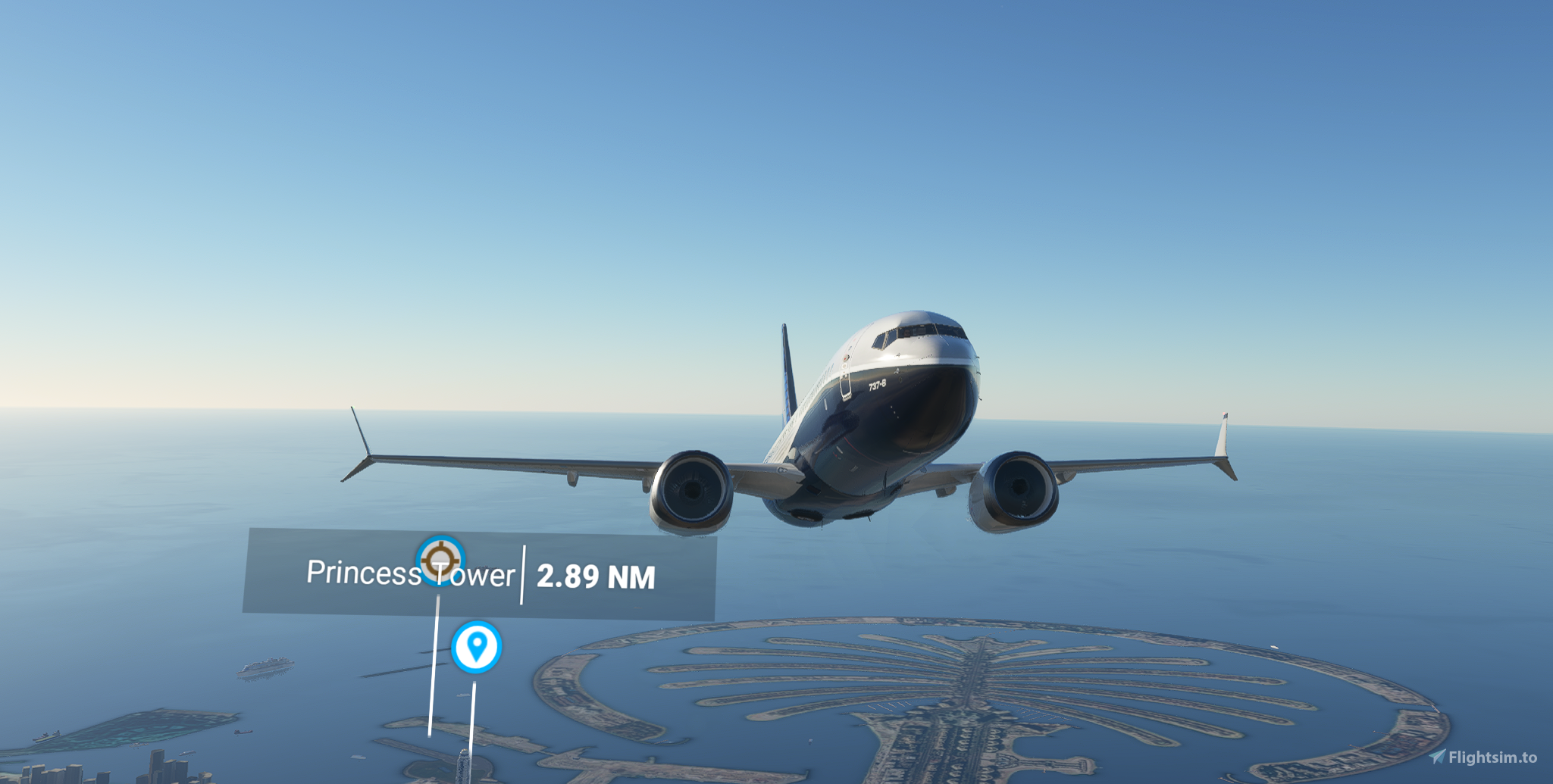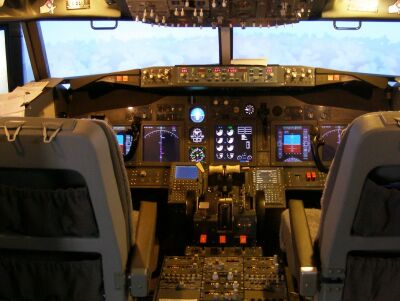

If you want 3500fpm, you need 300kts etc. If you want to descend at 1600fpm, you need 210kts of airspeed. In your case the plane is configured with spoilers up, throttle idle, flaps and gear up. (NOTE this is an example only, I don't have the actual numbers) Now the same car on a steeper hill will accelerate more and faster to say 50MPH. Think of a car at the top of a hill with a normal grade if you let off the throttle it will descend the hill at a certain speed lets say 30MPH.

You cannot get a steeper descent rate without also increasing the forward airspeed. This is an important question to answer as my feeling is you are not grasping the physics involved.Īssuming the aircraft configuration is not changed: Airspeed and descent rate are directly linked. Its also making it difficult to make many of the crossing restrictions given by ATC.Īgain what speed are you trying to descend at? That aside though, shouldn't the plane be able to descend better that 1500 FPM without having spoilers 100 percent and throttles at idle to keep the plane from continuously gaining speed? I have been either doing it manually or using LVL CHG. Morning Bob, no I haven't been using VNAV. These changes are subtle and a good mix of small inputs to speed and pitch will place your aircraft on rails on its way down.Īll this is subject to weight/weather/. You will see a very rapid bleed of speed that way. So, especially on approach, reduce speed first with power of course but by using a reduced VS or even level flight.

Remember that if you are too fast, pitching down will increae speed beyond limits (this is probably why you have to put your spoilers up 100%, which you should never do, as the spoilers flight detent is the max allowed).Īctually, at a constant power setting (close to idle in a descent) speed is controled exclusively by pitching up (slowing) or down (accelerating) When you reduce power, the aircraft will (slightly) slow down but also pitch down (and speed up) In other words remember that when you add a bit of power the aicraft will (slightly)acclerate but also pitch up (and slow down) Pitch reduction (slight nose up) will reduce speed and vertical speed Power reduction (small) will not really slow down the airplane but increase pitch which will translate into a slight increase in speed. You will find that small inputs work better. The fine art is combining pitch and power to stabilize your descent When stable, trim to hold that VS assumig speed is within parameters. In a descent (or climb)speed can be managed two waysĪP and VNAV operations are well described in PMDG manuals (attached)įor manual descent from cruise, simply reduce power to idle or close to idle and let the airplane sink by itself, shoot for approx 1800 ft /mn to allow pressurization to keep up.


 0 kommentar(er)
0 kommentar(er)
